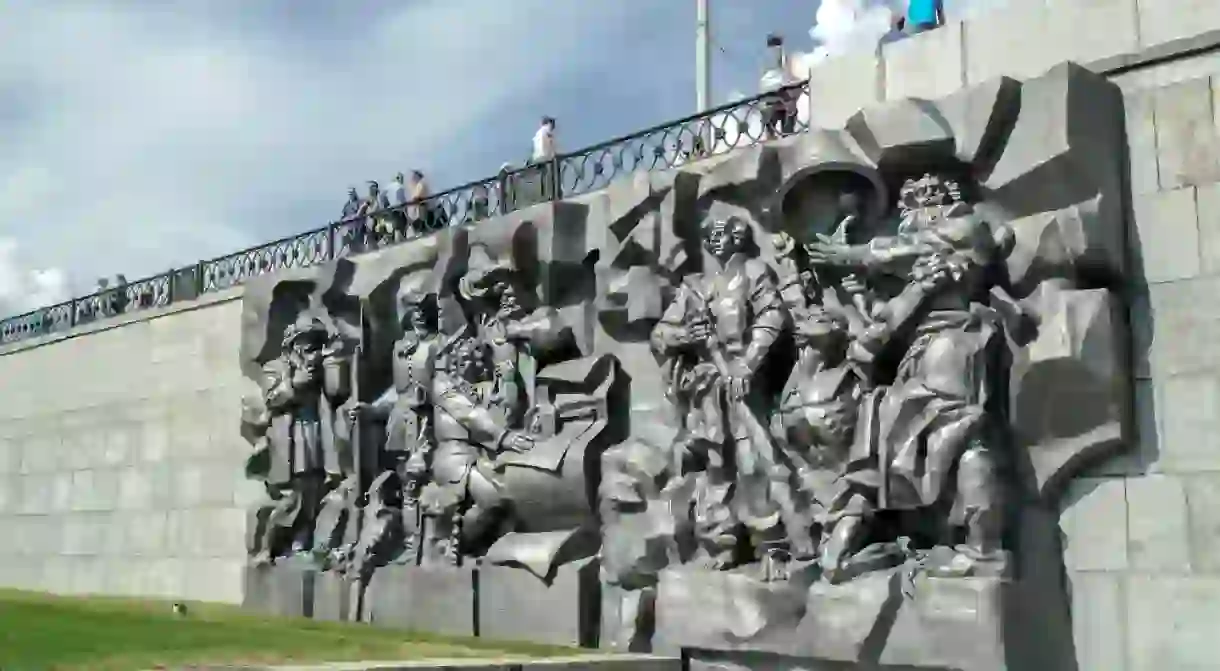7 Moments in History That Shaped Yekaterinburg

A young city by Russian standards, Yekaterinburg grew from industrial beginnings into a modern city with a vibrant arts scene. On the cusp of both Europe and Asia, it was created for its closeness to one of Russia’s most prosperous mountain ranges. Its locality saw the city through World War II and took it into the tumultuous 90s, when the city became a hotbed for lawlessness as the Soviet Union transitioned into the Russia Federation. Discover the stories that defined the character of contemporary Yekaterinburg.
Natural wealth
Market, Museum

End of an Empire
The Russian Revolution brought an ending to Imperial Russia. In 1918, the Romanov family (Tsar Nicholas, his wife Alexandrea and their children Olga, Tatiana, Maria, Anastasia, and Alexei) were executed by the Bolsheviks. Their bodies were then disposed of in an unused mine, just on the outskirts of Yekaterinburg. The death of the family herald a new era for the country and thrust Russia into the communist state that was only dismantled in 1991. In the city centre, not far from the Iset River, the Church upon the Blood stands on the family’s execution site. Likewise, a short trip out of town, the Ganina Yama Monastery has been built next to the old mine that pays homage to Russia’s last royal family.
Church upon the Blood, Ulitsa Tolmacheva 34, Yekaterinburg, Russia, +7 343 371-61-68
Ganina Yama Monastery, Ganina Yama, Yekaterinburg, Russia, +7 343 283-03-74

Gateway between Europe and Asia
World War II
The city changed its’s name to Sverdlovsk, in honour of the Bolshevik who was one of Stalin’s trusted confidants. Over 700 factories and state technical institutions relocated to the area from Western Russia in efforts to maintain production during WWII. Many factories and institutions stayed when WWII ended, further strengthening the city’s industrial importance and paving the way for further industrial development. During the war the Hermitage Museum collections were in part relocated to the city in 1941 and remained there until 1945.

A closed city
Museum

The rise of the new leader
Mafia warfare
The collapse of the Soviet Union spun Russia into uncertain times. The initiation of perestroika, the restructuring of Russia’s economic and political system, saw unemployment rise and made the nation vulnerable to corruption as people tried to take advantage of a changing economic structure. During the volatile and unstable times of the 1990s Yekaterinburg was home to mafia turf wars between feuding gangs in pursuit of their own agendas. Chiefly the Uralmash Gang and the Central gang, whose warring turned Yekaterinburg into a bloody battle ground. The mafia buried their clan in cemeteries on the outskirts of the city, complete with ostentatious and gaudy tombstones.














